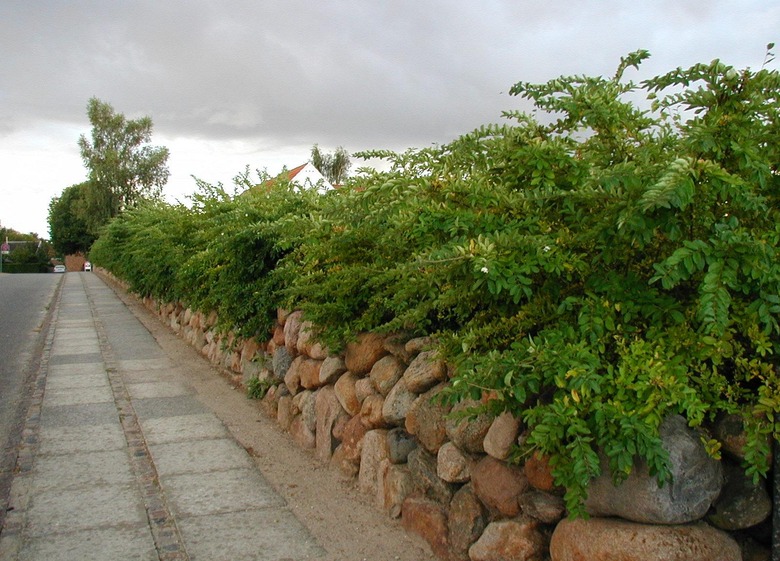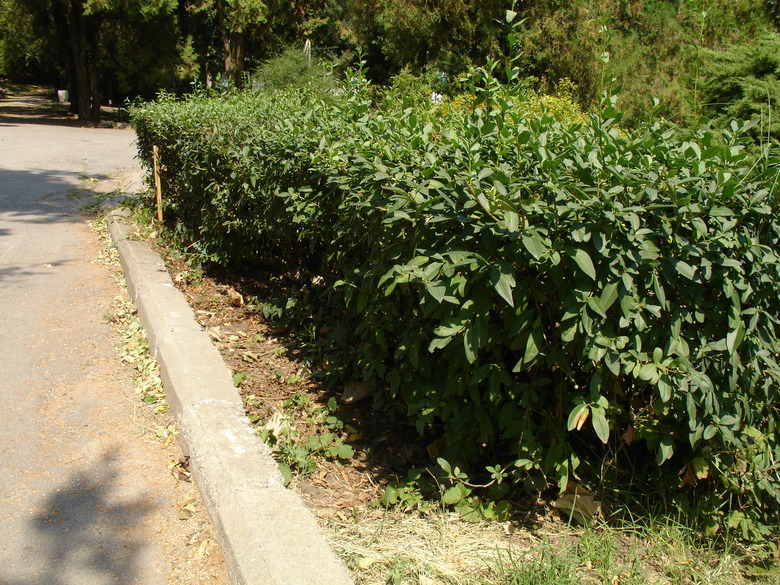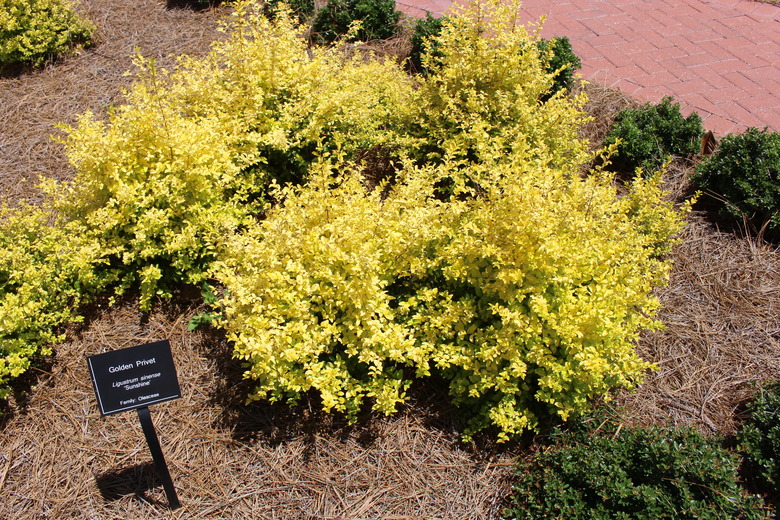How To Care For (And Control) A Privet Hedge
Fast-growing and evergreen privet was introduced to North America from Asia in the mid-1800s with the idea that it could be a great hedge plant for a privacy screen, and it certainly is. However, the common privet varieties are highly invasive, so if you are considering planting a privet hedge, think again.
Warning
Most areas in the U.S. discourage or prohibit planting privet. It is among the most aggressive invasive plants in the country.
Fortunately, some varieties have been bred to have a more polite growing habit, so if you don't already have a privet (Ligustrum spp.), be sure to select some of these newer varieties. If you have privet plants already, the best thing to do is figure out how to get rid of them.
Common Privet Varieties
Four primary species of privet grow in the U.S., although it's hard to distinguish between them. It's not really important to know which one you have because they are all invasive. They are:
- Border privet (Ligustrum obtusifolium, USDA hardiness zones 3 to 7): listed as a noxious weed by the Missouri Botanical Garden.
- Common privet (Ligustrum vulgare, zones 4 to 7)
- Japanese privet (Ligustrum japonicum, zones 8 to 10)
- Chinese privet (Ligustrum sinense, zones 6 to 10)
What Makes Privet Invasive?
Birds love the privet shrub's masses of fruit and spread its seed far and wide. However, the plant also produces new shoots from a stump after it is cut down and from any parts of its roots that were left behind.
Privet easily takes over native plants and can thrive in partial shade. It can grow in most soil types but tends to seek out areas with rich soil, robbing nutrients from nearby plants.
Tips for Controlling Privet
If you already have privet growing in your home garden, your challenge is to control its growth. Here are some tips:
- Keep the hedge pruned to remove all flowers. Flowers produce berries (actually, drupes) that attract birds and other wildlife. The seeds of these drupes are disseminated across wide areas, resulting in masses of unwanted seedlings.
- Pull small seedlings as soon as they appear. Be sure to get all the root fragments, as these can easily resprout.
- Mow seedlings if you have a large area in which they are sprouting. If you mow, you need to follow up with an herbicide on regrowing sprouts.
Larger stands of seedlings, such as those in fields or across entire farms, require a consistent approach that times regular herbicide applications with specific foliar leaf out and drop times. This is unlikely to be the situation for an average gardener, however.
Removing a Privet Hedge
You may want to consider removing your privet hedge and replacing it with something easier to maintain. Even if you dig up the privet hedge and diligently get as much of the root system as you can, it is still likely to resprout from multiple, small roots remaining in the soil.
Pull the seedlings as soon as you see them or—if you are OK with using an herbicide—spot control them with a foliar glyphosate (Roundup) treatment. Consider laying down black plastic or another type of barrier to smother these seedlings before they can take hold.
Well-Behaved Privet Plants
For homeowners who really want a privet or a privacy hedge, some privet species have been developed to be non-invasive and easier to control.
Sunshine Ligustrum (Ligustrum sinense 'Sunshine', zone 6 to 10) is an evergreen shrub that has, as its name suggests, bright yellow foliage rather than the traditional green leaves. This is a sterile cultivar with no flowers at all. It enjoys full sun and reaches a height of 3 to 6 feet. Its leaves are fine enough that it lends itself to being pruned as a topiary.
Another attractive cultivar is golden privet (Ligustrum x vicaryi, zones 5 to 8). This is also a sterile hybrid, but it's deciduous. Similar to Sunshine, golden privet's leaves are a yellow-gold, but it is a much larger shrub; it grows 12 feet high and 10 feet wide. In the fall, the leaves turn from yellow to chartreuse to red.


